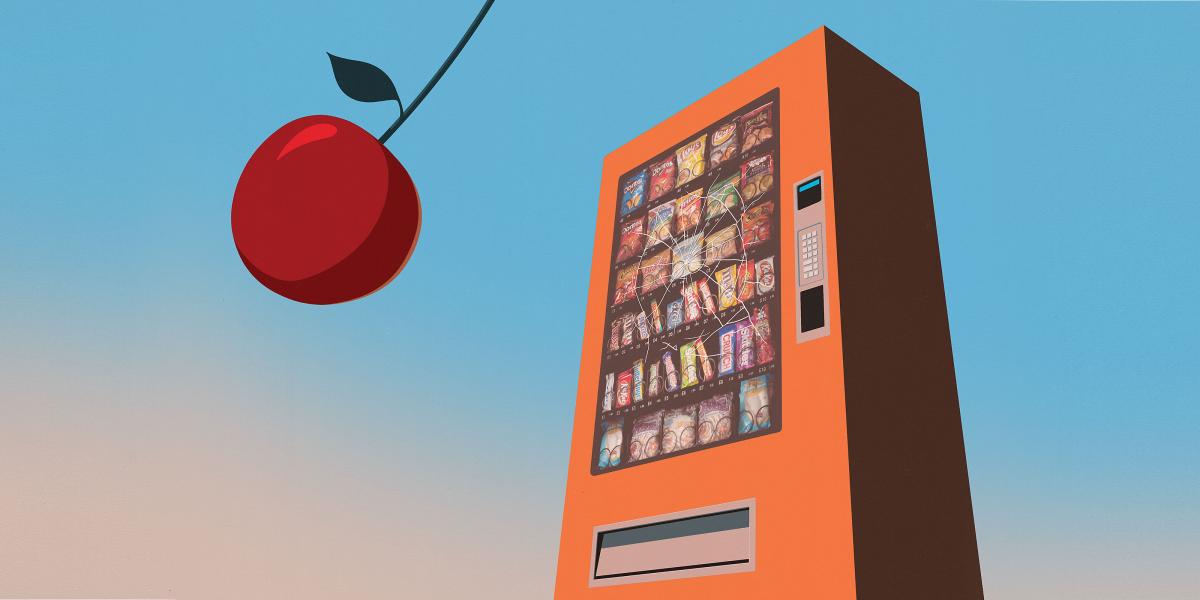Inequity in Food Systems Drives Both Hunger and Obesity
It’s time to optimize our food systems for nutrition and equity.
After devastating images of famine in Ethiopia burst into the global media in the 1980s, reducing hunger became a global priority.
Obesity hasn’t elicited the same response. But it should.
Like hunger, obesity threatens lives. Like hunger, obesity is driven by food systems built on inequity.
Nearly a third of the world’s population is overweight or obese. By 2030, nearly half will be. It’s a costly condition, in both lives and dollars. Obesity contributes to 5% of deaths worldwide and accounts for 2.8%—or $2 trillion—of global GDP. In the U.S. alone, obesity cost about $663 billion in 2012. As more of the population becomes obese, those numbers will rise, too.
The U.S. food system has become incredibly efficient at creating and distributing foods that contribute to this crisis. Manufacturers have gotten better at processing foods that are convenient and cheap and taste good (thanks to added salt, fat, and sugar). A profusion of food environments ranging from corner stores to fast food restaurants ensures that these foods are easily accessible, while healthier foods can be much harder to find and more expensive.

Our food system has not been optimized for nutrition, equity, or sustainability, and now we’re seeing the true costs of mass-distributed processed foods in the form of death and disease. Obesity, diabetes, hypertension, heart disease, several types of cancer—all are linked to poor diets, and all are on an upward trajectory in the U.S.
A similar trend has taken hold in countries with transitioning economies, such as China, India, and Brazil, and we’re starting to see it happen in Africa and South Asia. The U.S./Western diet is infiltrating these regions—just as tobacco once did. In fact, poor diets have now surpassed tobacco as the leading risk factor for death and disease globally.
We need another dramatic shift like the one we saw in the 1980s, but this time with a focus on ensuring that all people have access to healthy food. We need to repair the damage our food system has done and reengineer it for nutrition, equity, and sustainability. And we need to prevent what happened in the U.S. from happening globally.
Where do we start? There are myriad steps that need to be taken, but here are five of the most important.
First, governments need to take ownership of their food systems.
Industry holds significant power in both the direction and outcomes of our food systems. Governments should take the reins and ensure that food systems are prioritized for better public health outcomes. For example, governments can create incentives for food and beverage companies to encourage their customers to consume healthier diets. They might grant attractive tax rates to companies that produce healthy foods, provide certification for street vendors who use healthier ingredients, and offer innovative funding to enable retailers to sell nutritious foods in underserved areas.
Governments need to regulate unhealthy foods through taxes, warning labels, bans on advertisements to children, and other strategies that discourage purchase and consumption. We can apply the effective approaches we used with tobacco in the U.S.: Tax it heavily, ban it from television advertisements, and limit where it can be sold and consumed. Mexico has seen promising results from a 10% tax on sugar-added drinks, which has led to a 6% drop in purchases of these drinks and a 16% increase in bottled water purchases. In Chile, unhealthy foods are labeled with a black stop sign to warn consumers about salt, sugar, and fats. And foods with these labels may not be advertised to children. Similarly, Norway and Denmark prohibit advertising junk food to kids. At the very least, we need to get junk food out of schools.
We need to increase nutrition literacy. Most consumers don’t know about food systems and who’s involved in shaping them. They don’t recognize all the ways they’re being influenced to choose unhealthy foods—from the salt and sugar added to snack foods to food environments designed to sell us unhealthy foods. With a better understanding of how food is produced and marketed, people can make healthier choices—and these choices can drive change. Not buying Coke is a powerful action. Industry will respond.
We need to invest in rural places and people. One of the greatest losses our industrialized food system has caused is our disconnection to the people and places that produce our food. Often, people don’t know what is in the foods they eat, let alone where those ingredients came from. We need to revolutionize farming and agriculture to make it appealing to a new generation. We can do this by encouraging young people to innovate technologies that can both improve the food system and generate profit. The average age of farmers globally is 62, and the world is urbanizing. Who is going to grow the food for 12 billion people if we don’t support new farmers? Even today, not enough fruits and vegetables are produced in the world for everyone to consume the WHO-recommended 400 grams per day.
Finally, we need to invest in our agricultural sector with an eye toward diverse crops. Instead of subsidizing the production of grains, milk, corn, and soy—which are already produced in excess—we should subsidize fruits and vegetables that can nourish, rather than simply feed, a growing population.
All of these changes are good for people, and they’re also good for countries and the planet. We can all contribute. We are all experts—after all, we eat and interact with the food system every day. Our choices can make a big difference in shaping the food system in ways that benefit the whole of society.
